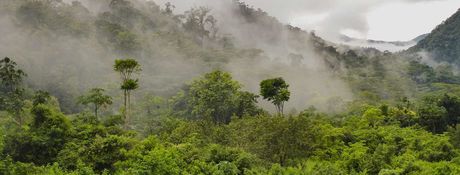
We use cookies to enable you to use all functions of the website. We use cookies for different purposes: 1. Cookies required to operate the site: These cookies secure this website from an IT point of view and ensure that all website functions are available. 2.Cookies from external media: content from video platforms and social media platforms is blocked by default. If cookies from external media are accepted, access to this content no longer requires manual consent.